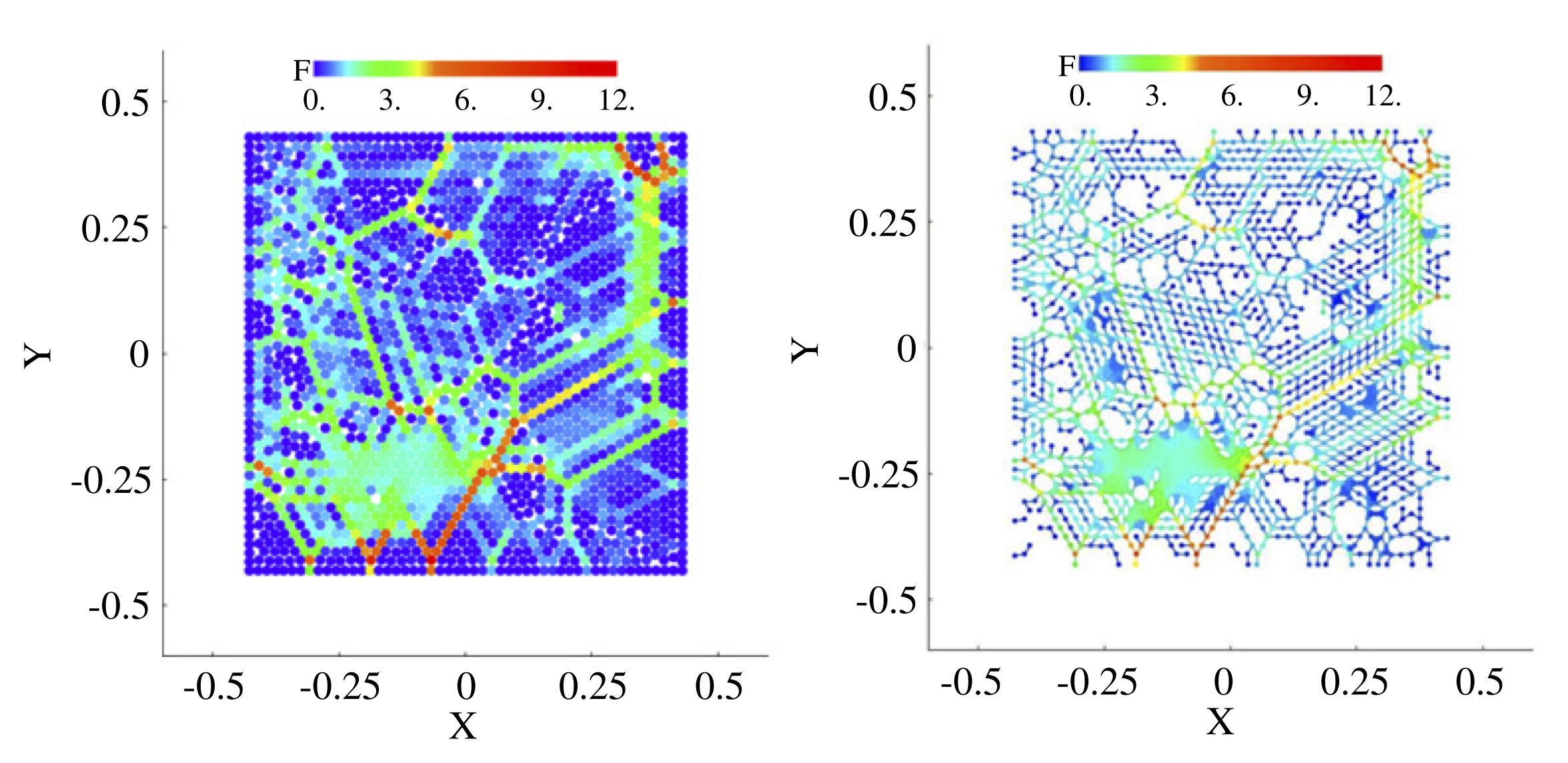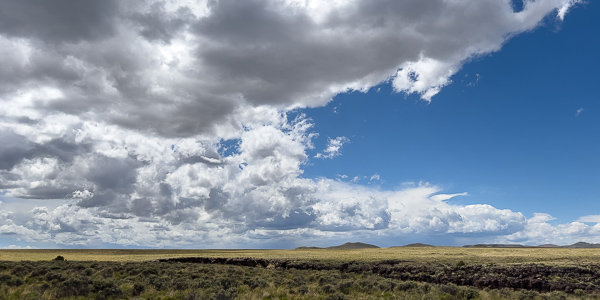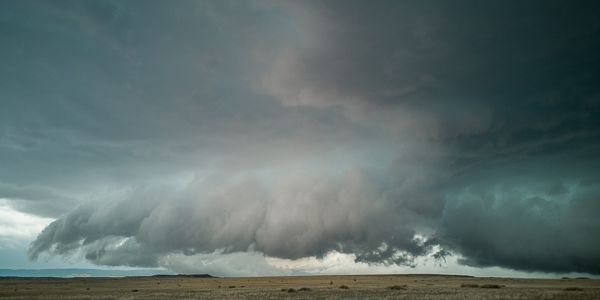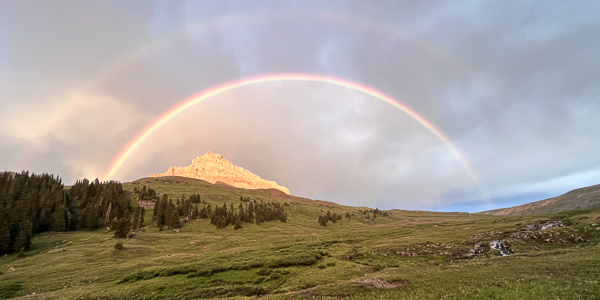Force Network Reconstruction

Courtesy of D. Wang


Reconstruction of force networks from experimental data is rather complicated. It involves solving an inverse problem whose solution is not analytically tractable. In this project, we investigate different deep-learning architectures for carrying out force reconstruction in photo-elastic granular materials. We leverage the power of convolutional neural networks to classify complex spatial patterns exhibited by photo-elastic particles and use them to predict the forces acting between the particles [1]. The main drawback of using neural networks is that training them usually requires a large labeled data set, which is hard to obtain experimentally. We showed that this problem can be successfully circumvented by pre-training the networks on an extensive synthetic data set and then fine-tuning them on much smaller experimental data sets.
To make our method available, we developed well-documented and easy-to-use software for constructing force networks from digital data [2]. By taking advantage of machine learning techniques' computational efficiency and adaptability, the software outperforms traditional algorithms in the quality of the reconstruction and speed.
-
R. Sergazinov and M. Kramar
Machine learning approach to force reconstruction in photoelastic materials
Machine Learning: Science and Technology, 2 (2021).
-
R. Sergazinov and M. Kramar
Code for force reconstruction in photoelastic materials
https://github.com/mrsergazinov/particle-force-cnn, (2021).



